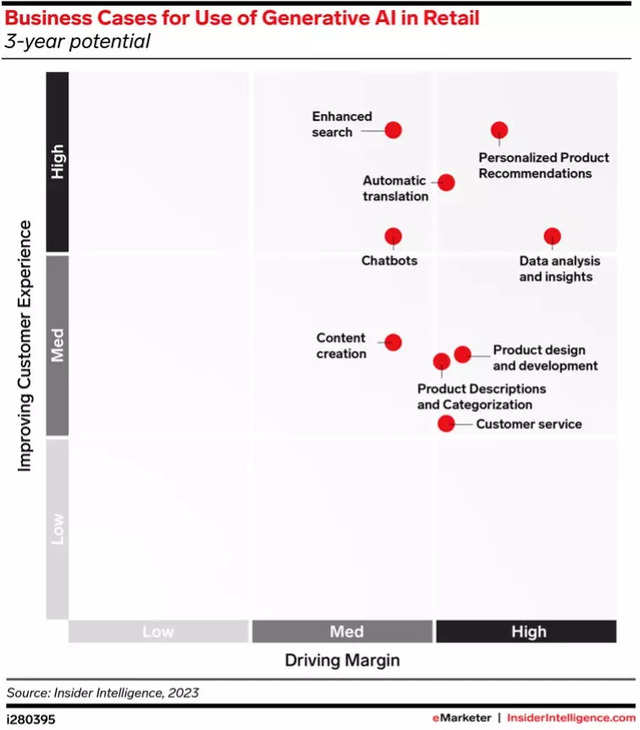
The report estimates that social commerce will account for 17% of all ecommerce spend by 2025Canva
Users from India are more than twice as likely to sell on social platforms compared to users in the US and UK
Jan 4, 2022, 13:30 IST
brands
Social commerce industry is expected to grow three times as fast as traditional e-commerce to $1.2 trillion by 2025: Accenture report
Jan 4, 2022, 13:30 IST
Users from India are more than twice as likely to sell on social platforms compared to users in the US and UK
- China will remain the most advanced market both in size and maturity, yet the highest growth will be seen in developing markets such as India and Brazil.
- Nearly eight out of ten social media users in India use
social commerce to make purchases. - Despite being a mature market, almost half of consumers in India are making more impulse purchases than planned purchases.
- Shoppers in China, India and Brazil care more about features that help them discover and evaluate potential purchases – both areas where social features enhance the existing experience.
According to Accenture’s report, “Why Shopping’s Set for a Social Revolution,” social commerce means a person’s entire shopping experience — from product discovery to the check-out process — takes place on a social media platform. Just under two thirds (64%) of social media users surveyed said they made a social commerce purchase in the last year, which Accenture estimates to reflect nearly 2 billion social buyers globally.
“Driven by mobile-first consumer preferences and the launch of new hyperlocal social commerce platforms, the emerging success of social commerce in India is a testimony to the power of people and communities,” said Anurag Gupta, Managing Director and Lead - Strategy & Consulting, Accenture in India. “To take advantage of this growing opportunity, it will be crucial that these social commerce platforms offer consumers the right experience built around trust and satisfaction, and broaden their appeal through the use of local languages and video interfaces. Furthermore, brands need to work with a thriving ecosystem comprising platforms, creators, influencers, resellers that helps users discover and evaluate potential purchases.”

Who is Buying What
Accenture’s report found that by 2025 the highest number of social commerce purchases globally are expected in clothing (18% of all social commerce by 2025), consumer electronics (13%) and home décor (7%). Fresh food and snack items also represent a large product category (13%) although sales are nearly exclusive to China. Beauty and personal care, although smaller in terms of total social commerce sales, is predicted to quickly gain ground on e-commerce and capture over 40% of digital spend on average for this category in key markets by 2025.
Among the study’s other findings:
- Consumers in developing countries are more likely to use social commerce and do so often. Eight out of ten social media users in China use social commerce to make purchases for a given category, while the majority of social media users in the U.K. and U.S. have yet to make a purchase via social commerce.
- Shoppers in China, India, and Brazil care more about features that help them discover and evaluate potential purchases while those in the U.K. and U.S. place more importance on pricing and discounts.
- Trust is more important to older generations than younger generations. Older shoppers emphasize security features and value brand familiarity while younger generations are attracted to livestreams and put more faith in buyer reviews.
INSIDER INTELLIGENCE REPORTS







